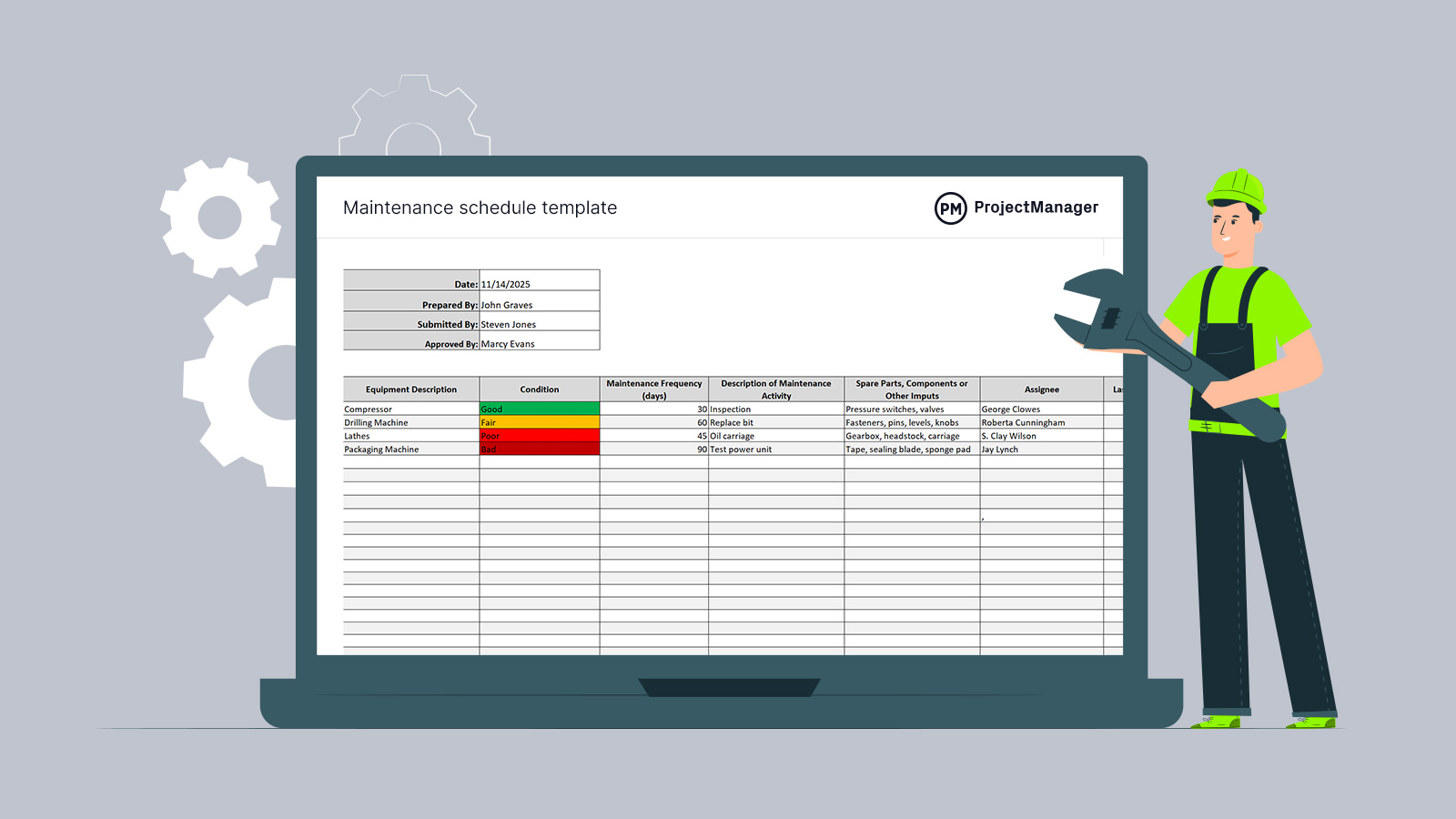
Your car is more than just a way to get from point A to point B; it’s an investment in your everyday life. Keeping it running smoothly isn’t just about avoiding costly repairs (though that’s a nice bonus). Regular maintenance helps ensure your safety, improves fuel efficiency, and keeps your car performing at its best for years to come.
Checking Fluid Levels
Just like your body needs water to function, your car relies on critical fluids to keep things running smoothly. Neglecting them can lead to overheating, brake failure, or engine damage. Regularly checking and refilling fluids is a simple way to prevent major problems. Here are the key fluids to monitor:
1. Oil
Engine oil lubricates and protects the engine’s components. To check your oil:
- Wait until the engine is cool.
- Locate the dipstick, pull it out, and wipe it clean.
- Reinsert the dipstick, then pull it out again to check the level. It should fall between the “minimum” and “maximum” marks.
Low oil? Top it up with the correct type for your car, as specified in the owner’s manual.
2. Coolant
Coolant, or antifreeze, prevents your engine from overheating. Check the level by looking at the coolant reservoir (usually a translucent tank near the radiator). Always ensure the engine is off and cool before opening the cap.
3. Brake Fluid
Brake fluid enables your brakes to work effectively. Check the reservoir under the hood; the fluid should always be near the maximum line. If it’s consistently low, your braking system may have a leak that needs professional attention.
4. Power Steering Fluid
Low power steering fluid makes it harder to turn your steering wheel. Locate the small reservoir marked for power steering fluid and ensure the level falls within the recommended range.
5. Windshield Washer Fluid
Don’t wait until your windshield is dusty or smeared to realize you’re out of washer fluid. Refill it regularly with the appropriate solution to keep your windshield clear and ensure full visibility.
Tire Maintenance
Healthy tires are crucial for safe driving, fuel economy, and overall performance. Neglect them, and you’re not only risking your safety but also reducing your car’s efficiency. Regular tire maintenance includes:
1. Check Tire Pressure
Under- or over-inflated tires can lead to uneven wear and reduce fuel efficiency. Use a tire pressure gauge (many gas stations have them available) and compare the reading to the recommended PSI in your owner’s manual or on the sticker inside the driver-side door.
2. Inspect Tread Depth
Your tire’s ability to grip the road comes from its tread. Use a penny to check depth:
- Insert the penny into the tread groove with Lincoln’s head facing down. If you can see his entire head, it’s time to replace your tires.
3. Look for Damage or Wear
Scan for bulges, cracks, punctures, or uneven tread wear. Catching a problem early can save you from a dangerous blowout down the road.
Battery Health
Your car battery powers the engine, lights, and electronics, all of which are critical for getting you safely from place to place. A failing battery can leave you stranded, so regular inspections are key:
- Inspect the Terminals: Look for corrosion on the battery terminals, which can interfere with the electrical connection. Clean them using a mixture of baking soda, water, and a wire brush.
- Check Voltage: Use a multimeter to test the battery’s charge. A fully charged battery should read around 12.6 volts when the engine is off. If it’s lower, it may be time for a replacement.
Brake Inspection
Your brakes are one of your car’s most critical safety features. Regular inspections can mean the difference between stopping in time and an accident. Here’s how to keep them in check:
1. Listen for Noises
Grinding, squealing, or clicking noises while braking often signal worn brake pads or other issues. Don’t ignore these early warning signs.
2. Check Brake Pads
Inspect the brake pads through the spaces in your wheels. They should be at least 1/4 inch thick. Anything thinner, and it’s time for a replacement.
3. Watch for Warning Signs
If your car pulls to one side, has a delayed response when braking, or if the brake pedal feels spongy, have your brakes inspected by a professional.
Inspecting Windows
Safe driving depends on clear visibility, making windshield and window maintenance more important than you might think. Taking a few minutes to inspect and care for your car’s windows can prevent small issues from becoming costly fixes.
1. Look for Cracks and Chips
Small chips or cracks in your windshield can quickly spread into larger problems. If you spot any damage, schedule a windshield replacement, like those in Tooele, as soon as possible.
2. Clean Windows Regularly
Dirty windows cause glare and reduce visibility, especially at night. Clean the inside and outside of your windows with a glass cleaner and a microfiber cloth for a streak-free shine.
3. Check Wipers
Ensure your windshield wipers are in good condition and replace them if they’re streaking or skipping. Don’t forget to check the rear wiper on hatchbacks or SUVs.
Why a Maintenance Plan is Worth It
Staying on top of this simple maintenance plan can save you time, money, and stress. Here’s how:
- Enhanced Safety: Well-maintained brakes, tires, and windows make your car safer for you and others on the road.
- Lower Costs: Routine maintenance helps catch and fix small issues before they turn into expensive repairs.
- Improved Longevity: Regular care keeps your car running smoothly for more miles, delaying the need for a costly replacement.
- Better Fuel Efficiency: Proper tire pressure and clean fluids help your car operate at peak performance while saving you money at the pump.
It only takes a little effort to keep your car in excellent condition, and the benefits are well worth it.
Conclusion
Maintaining your car doesn’t have to be overwhelming. By dedicating a little time each month to these basic checks, you can keep your car running safely and efficiently. Plus, there’s something deeply satisfying about being prepared for the open road, knowing your vehicle is in tip-top shape. Start small and build these habits into your routine. Your car (and your wallet) will thank you.
